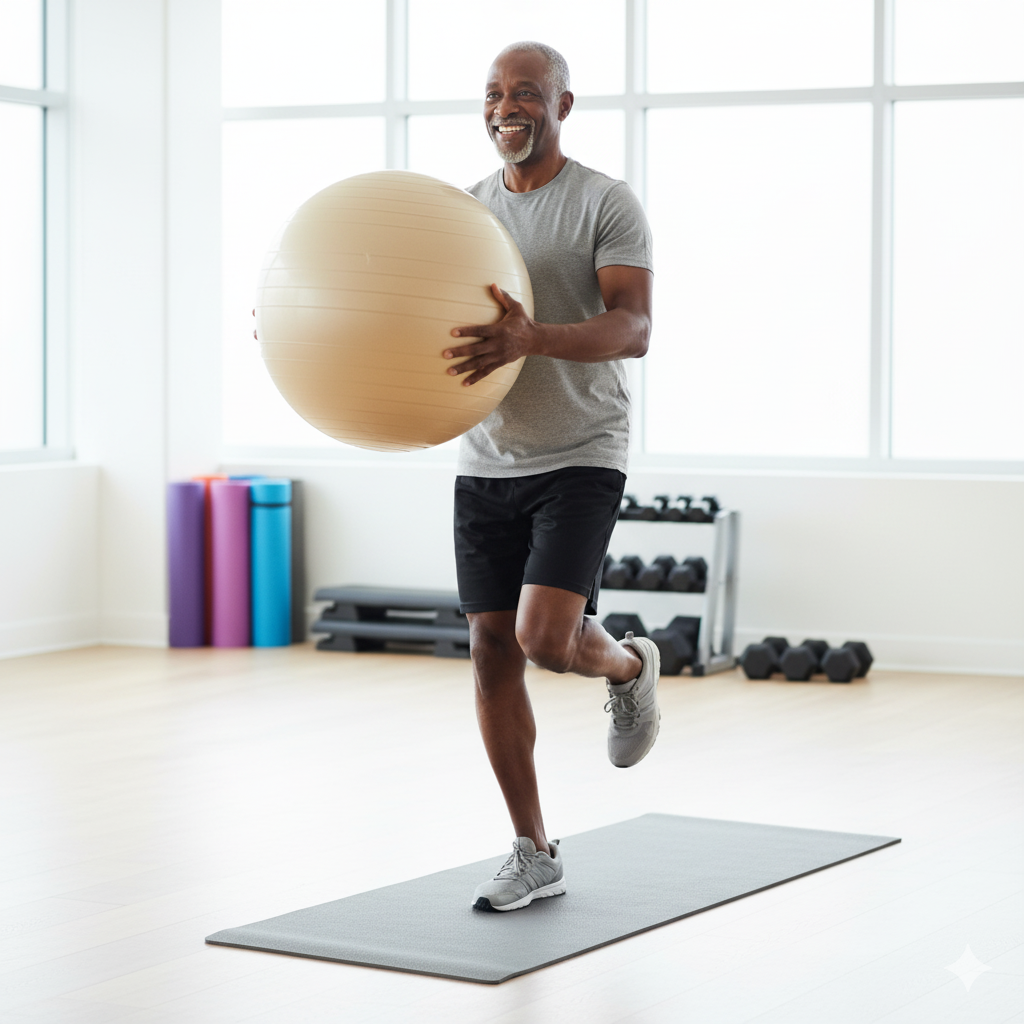

Have you ever noticed yourself wobbling when you turn, or catching your balance after standing too quickly? For many people living with Parkinson’s disease, these moments can become more frequent and frustrating. Changes in movement, posture, and reaction time can slowly chip away at confidence and independence.
The good news is that balance can be retrained. With the right exercises, your body and brain can work together again to stabilize, react, and move safely.
At The Center for Movement Challenges, we teach people with Parkinson’s how to build stronger, steadier movement through research-based training. Our balance programs are designed to feel practical, purposeful, and fun. You do not have to be an athlete to see results. You just need consistency and the right approach.
Parkinson’s affects the way your brain controls muscles and coordinates movement. This can lead to:
These changes make it harder to recover from stumbles or keep your center of gravity stable. Balance training helps strengthen the connection between your muscles and brain, teaching your body how to respond quickly and stay upright.
Not all balance exercises are created equal. For people with Parkinson’s, the most effective movements are those that:
The exercises below are used in our in-person and online Parkinson’s classes. You can do them safely at home with minimal equipment.
Purpose: Teaches your body to control small balance changes.
How to do it:
To make it more challenging, lift your arms slightly away from your sides or look side to side while shifting.
Purpose: Improves postural control and stability.
How to do it:
As you improve, try turning your head or gently closing your eyes for a few seconds.
Purpose: Trains coordination and dynamic balance.
How to do it:
This movement mimics reaching for objects or taking big steps, both important for everyday function.
Purpose: Strengthens hips and improves side-to-side stability.
How to do it:
Add gentle squats between steps if you want to make it more challenging.
Purpose: Builds ankle strength and balance control.
How to do it:
Heel raises help with walking, posture, and reaction time.
Purpose: Improves flexibility, coordination, and balance.
How to do it:
This large, deliberate movement is part of our PWR! Moves training system used at The Center for Movement Challenges. It is designed specifically to combat stiffness and small, shuffling steps.
Consistency is far more important than perfection. Even a few minutes of balance work each day can lead to major progress over time.
If you notice frequent loss of balance, falls, or hesitation when moving, it is time to work with professionals who understand Parkinson’s movement. Our in-person therapy and online classes at The Center for Movement Challenges** focus on improving balance, posture, and coordination using safe, evidence-based methods.
You will learn to trust your body again and regain confidence in how you move.
Balance training is about more than preventing falls. It is about moving through life with confidence and control. Every small step you take builds strength, stability, and self-assurance.
You do not need to wait for confidence to begin. Confidence comes from movement. Join our online or in-person Parkinson’s classes and start building your balance today.
Visit www.centerformovementchallenges.org to find a class that fits your goals.
Your balance can improve. Let us help you find your footing again.

